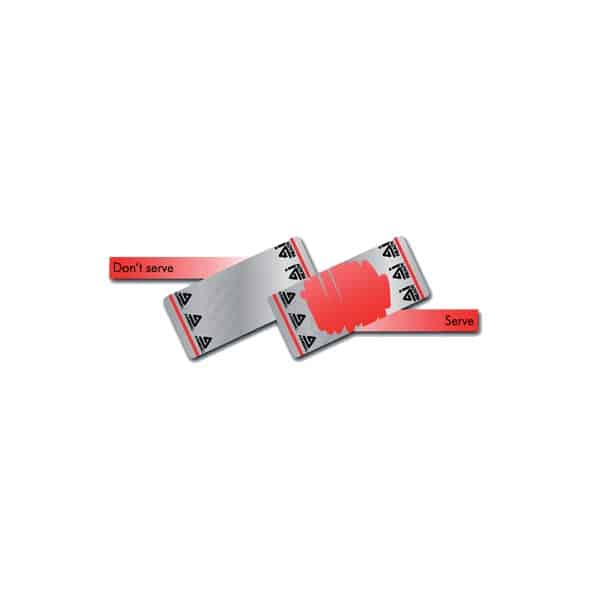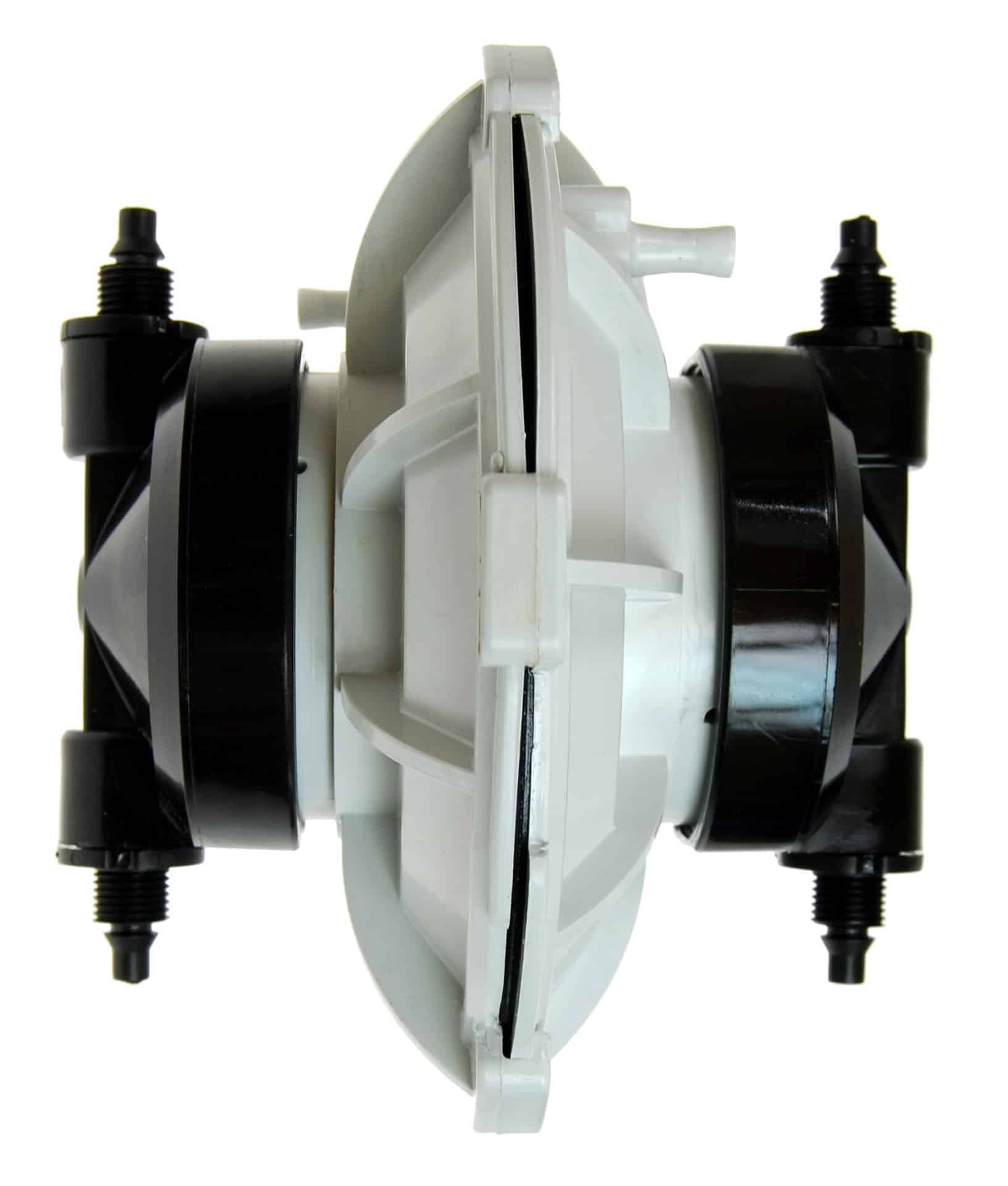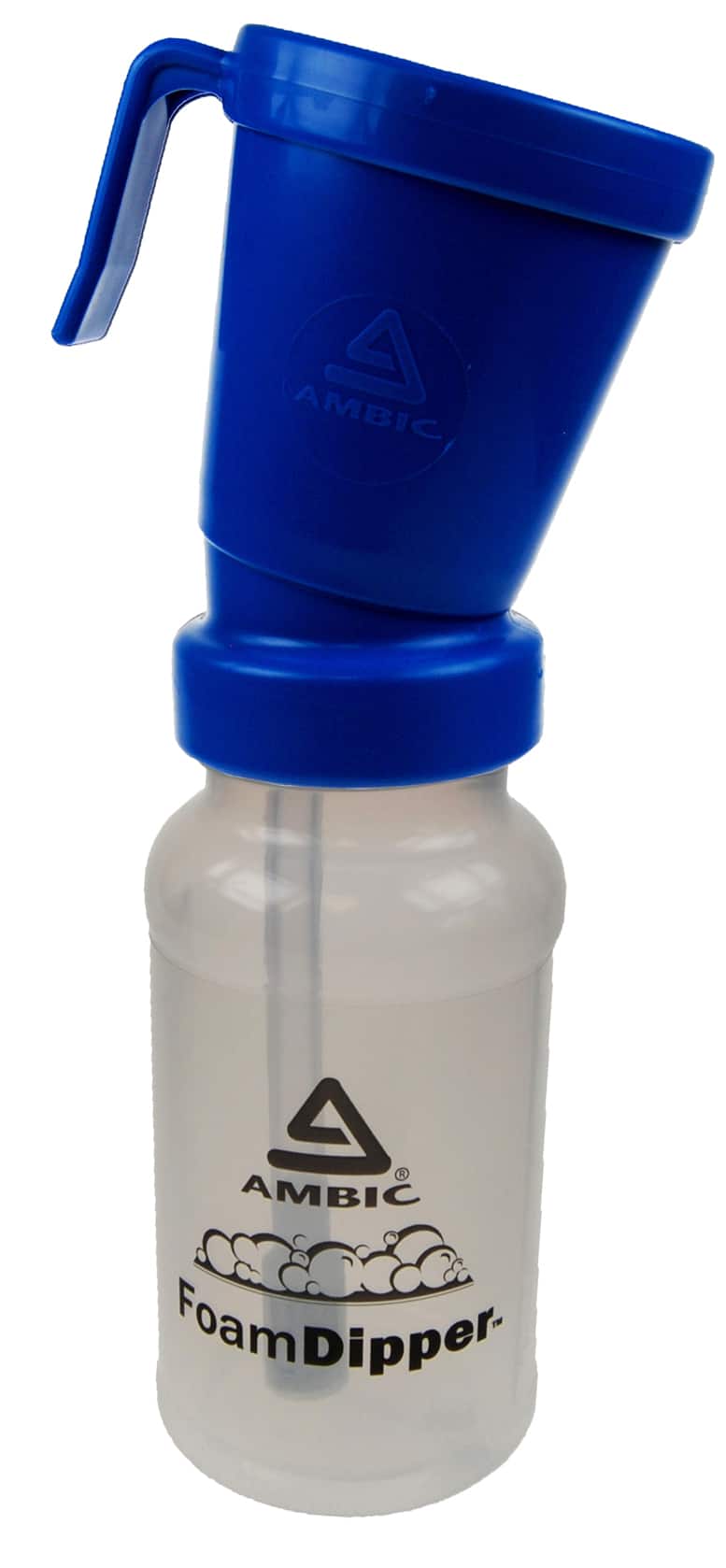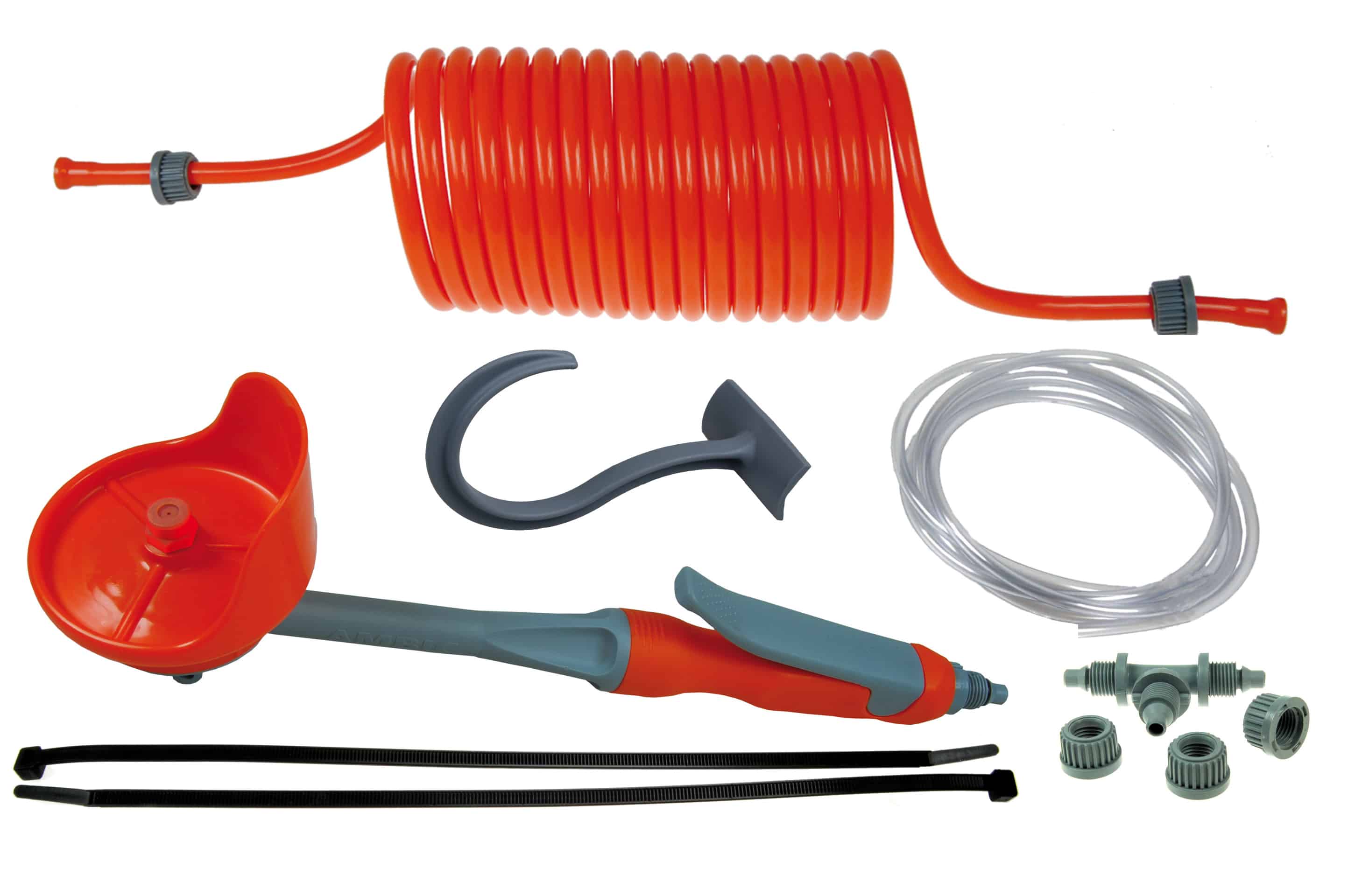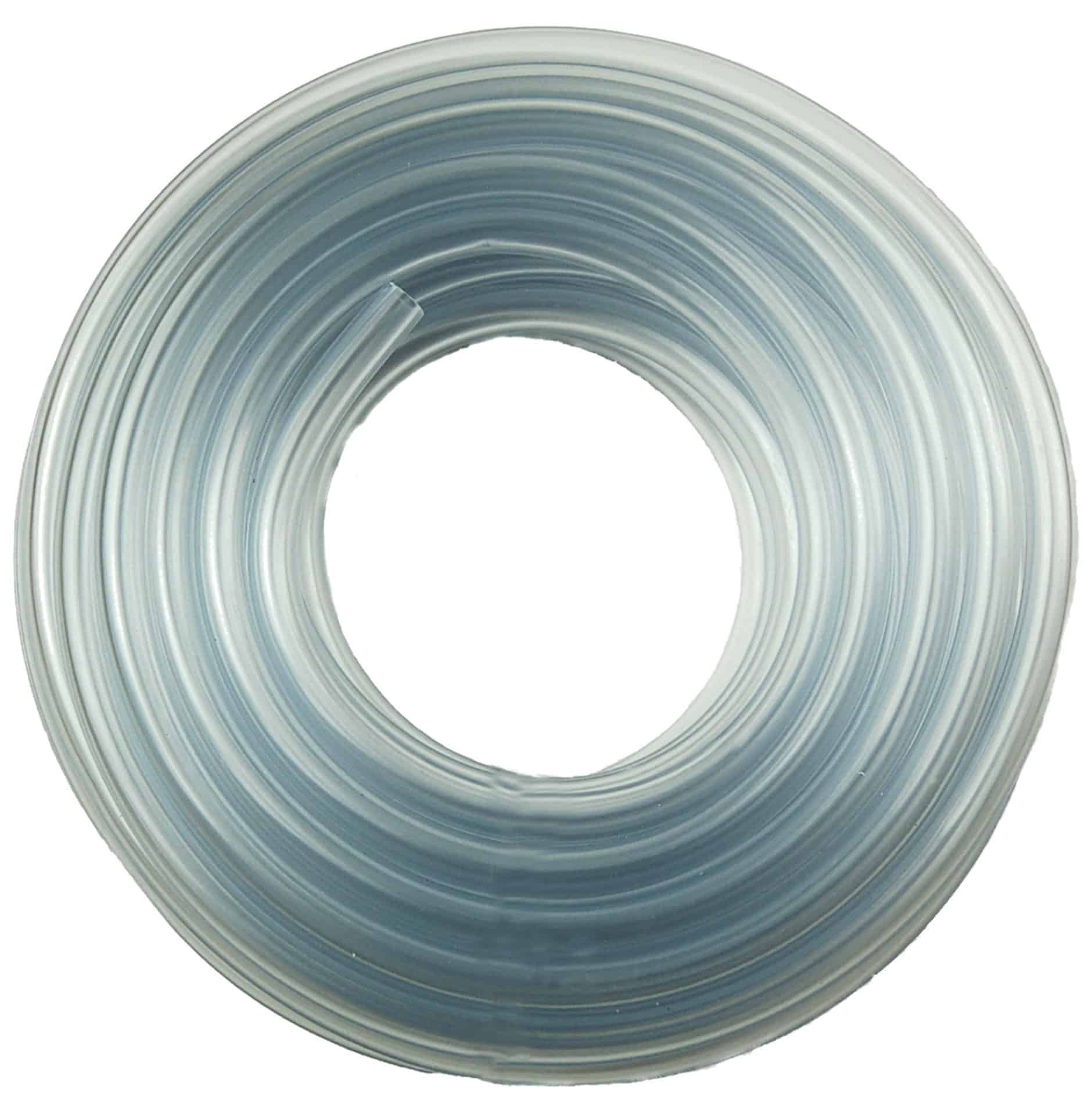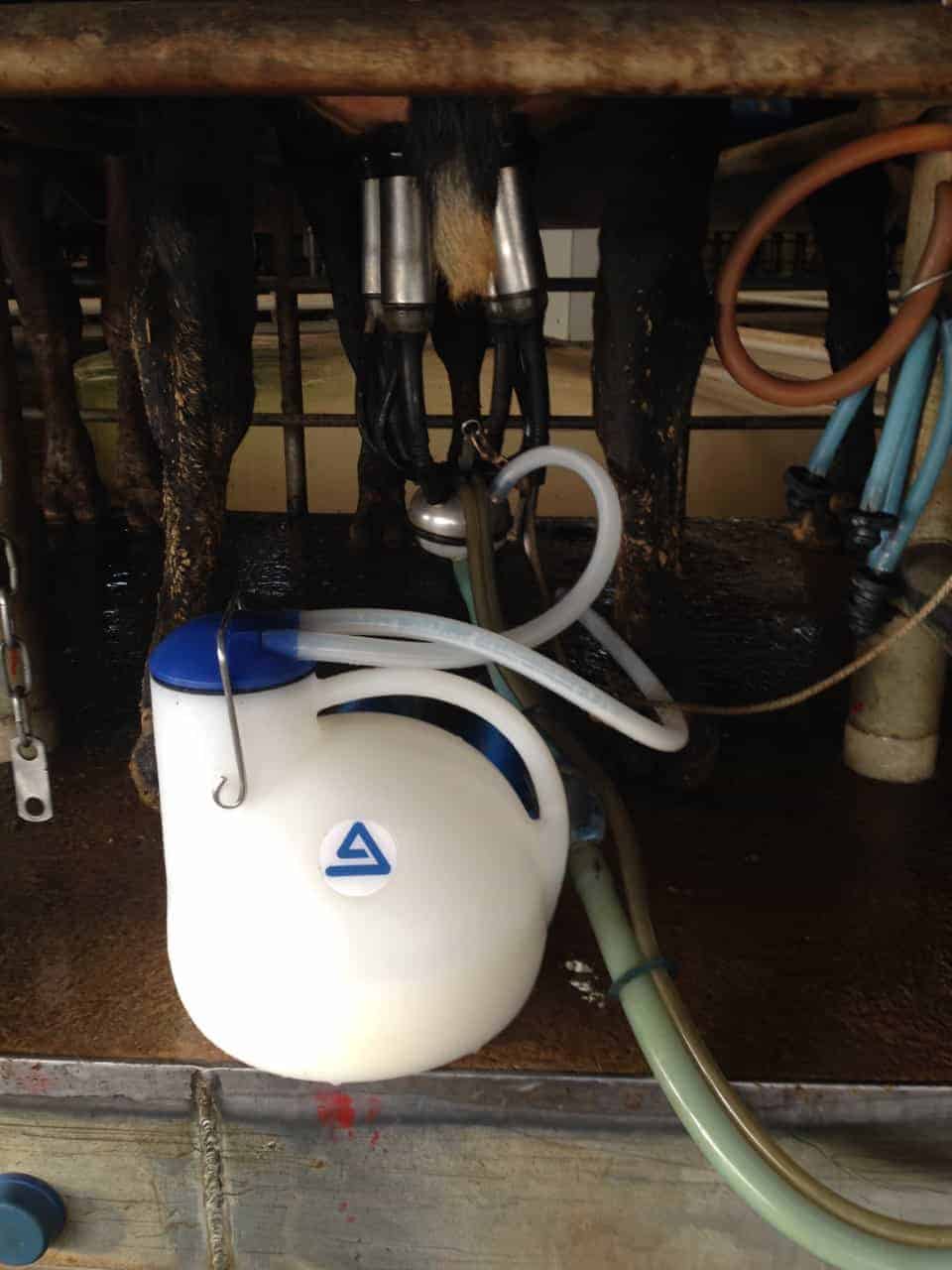AMbic AI Ready Heat Detection Patches (100 pack)
€121.95 ex.VAT | €149.99 inc.VAT
SKU: N/A
Category: Breeding and AI Equipment
Tags: ai ambic, ai heat, ai ready irealnd, ambic AI, ambic ai ready, ambic ireland, heat detectors ireland
As every farmer knows, missed heats cost you money. AiREADY™ are simple self-adhesive heat detection patches for cows that are easily attached to the cow to provide highly effective visual evidence of mounting heat.
- Easy to apply – no messy glue required. Just peel and stick!
- Indicates progressive mounting activity avoids false positives associated with single mount devices
- Stronger evidence that the cow is in heat and ready for artificial insemination
- Can be used as part of a complete AI fertility management system
- Suitable for both dairy and beef AI programs
- Three highly visible colours
These heat detection patches for cows comes in packs of 10.
Delivery Time 6-8 days.

Managing cows in heat is an important part of dairy farming, as it is essential for successful reproduction and maintaining a healthy herd. Here are some tips on how to manage cows in heat:
- Observation: Keep a close eye on your cows and observe them regularly for signs of heat. These signs include restlessness, mounting behavior, and increased vocalization.
- Record Keeping: Maintain a record of each cow’s heat cycle. This will help you to predict when the cow is likely to come into heat again.
- Use Heat Detection Aids: You can use various heat detection aids, such as tail chalk or heat detection patches, to help you identify when a cow is in heat.
- AI: Artificial insemination (AI) is an effective way to manage cows in heat. It involves using semen from a bull to fertilize the cow’s eggs. AI allows you to breed your cows with the best possible genetics without having to keep a bull on your farm.
- Hormone Therapy: Hormone therapy can also be used to manage cows in heat. This involves administering hormones to the cow to stimulate ovulation.
- Separation: Separating the cow from the herd and placing her with a bull or using AI can help to ensure successful breeding.
- Nutrition: Good nutrition is essential for maintaining a healthy herd and can also help to regulate the cow’s reproductive cycle.
Overall, managing cows in heat requires a combination of observation, record-keeping, and various management techniques. By being vigilant and proactive in your approach, you can help to ensure a healthy and productive herd.


